Israel and Jordan Agree to Share Water, But Fall Short of Saving Dead Sea
The $US 900 million deal on scaled-back scheme neglects Palestine.
By Kaye LaFond
Circle of Blue
A long-awaited binational agreement to supply fresh water to Jordan and Israel, and to transport water to the drying Dead Sea, was reached on Thursday in Jordan. Provisions for Palestine to be part of the agreement, though, were not included. Israeli officials said they were being dealt with separately.
“The Red-Dead project as devised by the initial terms of reference developed at the World Bank no longer exists.”
–Gidon Bromberg, Israeli Director
EcoPeace Middle East
The $US 900 million agreement includes construction of a desalination plant in Jordan, near the Red Sea, to supply water to southern Jordan and Israel. In return, Israel will sell more water to Jordan from the Sea of Galilee in its northern region. The agreement also calls for the desalination brine byproduct to be mixed with seawater and piped 180 kilometers north to the Dead Sea, which is shrinking at a rate of 1 meter per year. Experts say that the 100 million cubic meters (26 billion gallons) of wastewater will not be enough to halt the Dead Sea’s retreat, which would need 800 million cubic meters per year just to stabilize.
The Jordan-Israel water supply agreement, which comes as drying conditions mount in the Middle East, advances a negotiation process that started in 2005 under the auspices of the World Bank.
The agreement’s framework, which once included an idea to produce hydroelectric power, is a study in on again, off again negotiation diplomacy mired in excessive ambition and mounting costs. The initial plan called for a pipeline capable of transporting 2 billion cubic meters of water per year (.5 trillion gallons) from the Red Sea to the Dead Sea. The estimated $10 billion path between the two seas called for a big desalination plant at the start and a hydro-electric generating station near the end.
More than a year ago – December 9, 2013 – the process switched back on when representatives from Israel, Palestine and Jordan came together in an unusual show of cooperation and signed a Memorandum of Understanding for a smaller project to stave off the drying of the Dead Sea and provide more fresh water for the three countries. The amount of water to be transported to the Dead Sea had been reduced to less than 1/10th of the volume originally proposed in 2005.
Jordan would now build a water intake at the Port of Aqaba, and pump 200 million cubic meters (53 billion gallons) of water per year north to a desalination facility. Roughly 80 million cubic meters (21 billion gallons) of fresh water would be produced; 50 to 60 percent of it would be sold to Israel. The remaining seawater and brine would be piped to the Dead Sea. In exchange, Israel promised to sell an extra 50 million cubic meters of water (13 billion gallons) per year to Jordan from the Sea of Galilee, and sell an extra 20 to 30 million cubic meters (up to 8 billion gallons) to the Palestinian Water Authority.
The scaled back version of the project formerly known as the “Red-Dead” pipeline also may mean that the ambitious work to save the Dead Sea is still decades away.
“I think it’s fair to say that the Red-Dead project as devised by the initial terms of reference developed at the World Bank no longer exists,” Gidon Bromberg, the Israeli Director of EcoPeace (formerly Friends of the Earth) Middle East, told Circle of Blue. “That project has proven to be financially impossible, and environmentally, too many enormous questions marks.”
Environmental and Economic Hurdles
Once the terms of reference for the original 2 billion cubic meter per year project were established in 2005, the three involved parties sent a letter to the World Bank asking for assistance in securing donor financing and overseeing a feasibility study. In 2012, the World Bank released a Feasibility Study, an Environmental and Social Assessment (ESA) study, and a Study of Alternatives on the project.
The results of that study made it clear that there were two huge problems. The first was that the project was going to cost on the order of $10 billion dollars. The second was that scientific modeling showed that discharging too much brine into the Dead Sea could have drastic consequences for the ecology and aesthetics of the water body.
A mix of brine and seawater would still be relatively fresh compared to the Dead Sea, and could result in stratification, or layering of water of varying salinities due to differing densities. This could cause algae blooms as well as formation of gypsum crystals on the surface of the water.
“The three governments spent a year or more trying to figure out what to do.”
–Alex McPhail, Task Team Leader
World Bank
Based on cost and unclear consequences for the Dead Sea, it was eventually decided that the Red-Dead pipeline would proceed as a pilot study. Alex McPhail, Task Team Leader for the World Bank, described for Circle of Blue what happened following the release of the study results:
“So the big study program gets done, and there are these two big challenges. The three governments spent a year or more trying to figure out what to do. [They’re going to] put the brine into the Dead Sea, but they’re [also] going to try to establish a scientific research center there so they can do some research on the mixing, because the scientists gave us a very good two-dimensional model for the mixing, and a great start on a three-dimensional model, but they said ‘in order for us to move the science further we need to be able to do some scale tests.’”
Gidon Bromberg, the Israeli Director of EcoPeace, thinks that although the real Red-Dead pipeline will never materialize, the countries are loathe to waste good political capital.
“The fact that the three parties are sitting around the table, or have been for years, creates a framework that’s difficult to recreate,” Bromberg told Circle of Blue. “Launching a new committee on the water exchange, in the current political environment, is very difficult to achieve, and therefore using this framework of the Red-Dead in name in order to advance completely different projects makes it easier from a geopolitical perspective, and I think that’s the main reason why the Red-Dead name is attached.”
is both a scientist and a journalist, she holds an MS in Environmental Engineering from Michigan Technological University, and she brings proficiency in ESRI’s ArcGIS mapping software.

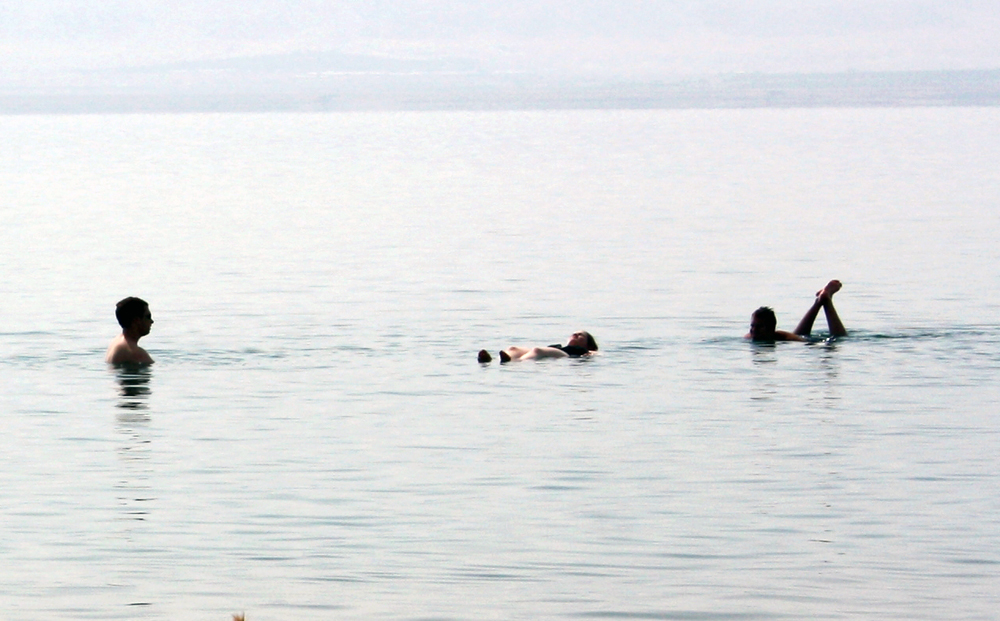

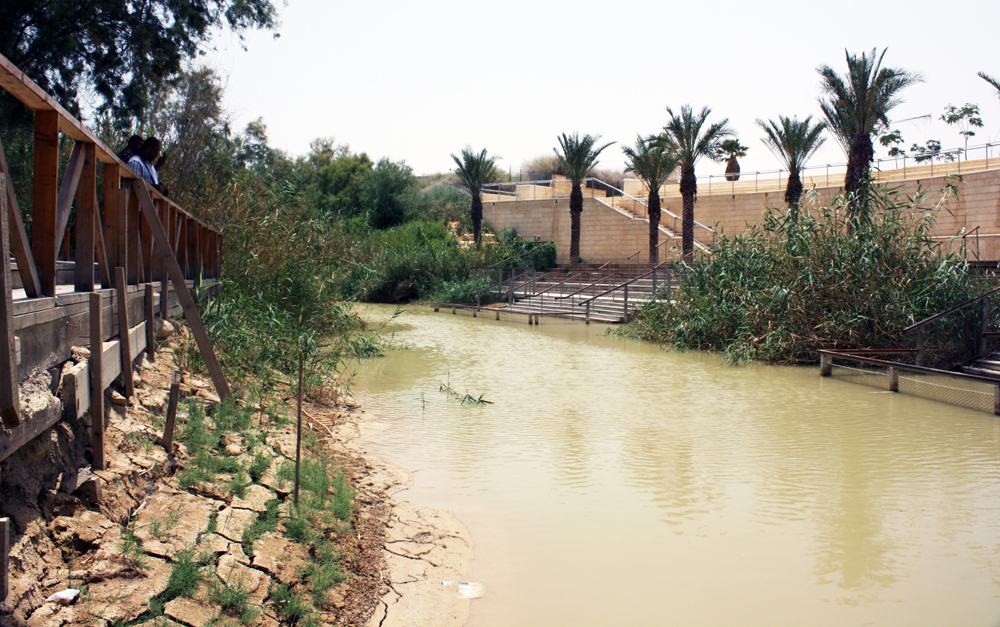
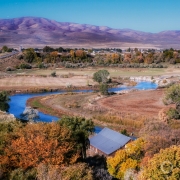

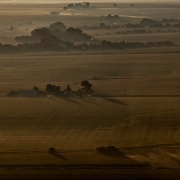


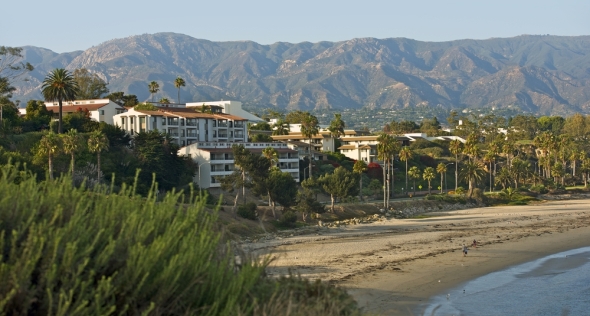

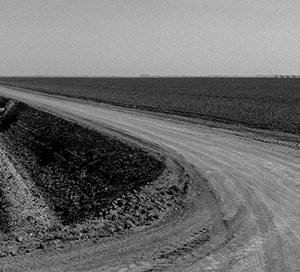
Leave a Reply
Want to join the discussion?Feel free to contribute!